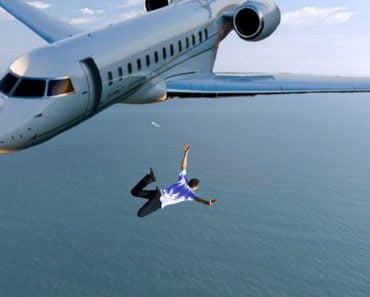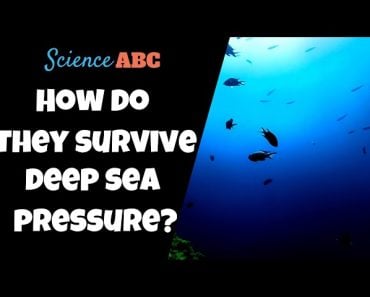Too tired to read? Listen on Spotify:
If the bullet is shot from an angle of 30 Degrees, then being underwater in the range of 3-5 feet (0.9-1.5 meters) can ensure safety from most guns.
In many movies, there are scenes where people jump into the water to avoid getting hit by a bullet. For instance, remember the infamous scene of Saving Private Ryan, when Allied forces were pinned down by heavy machine-gun fire from the bunkers on Omaha Beach so that they jumped over the sides of the boats into the water to avoid being hit by bullets?
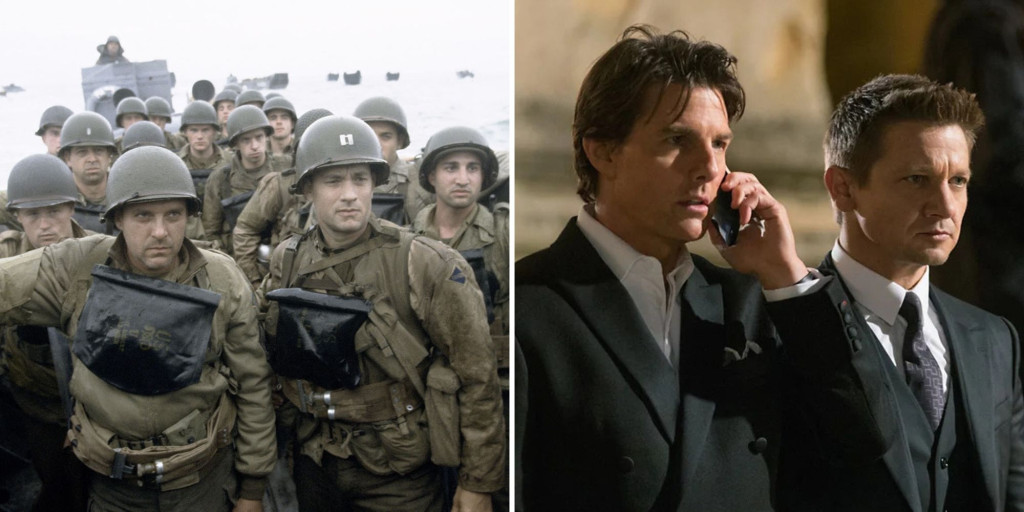
Similarly, Ethan Hunt and William Brandt crash into the water in Mission Impossible: Ghost Protocol after their car gets shot. These scenes are just a few examples of how movies show that diving into a body of water, such as a pool, canal, or ocean, can protect against bullets.
The portrayal of this ‘underwater myth’ in movies is inconsistent, sometimes suggesting that being underwater saves you, while other times it does not.
Therefore, it is time to end this debate and clarify once and for all whether this is a fact or a fiction.
Recommended Video for you:
Speed Versus Drag
You may already know that every medium offers some resistance to the movement of an object as it moves through it.
Thus, the air surrounding us offers resistance to our everyday movements, such as walking or running, as we move through it. We have become so accustomed to not feeling this resistance as strongly as we feel the resistance of water when swimming.
This resistance, or a liquid’s resistance to the movement of an object moving through it, is called drag.
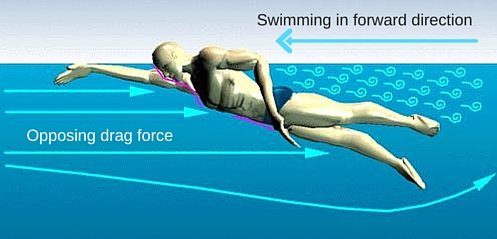
Water resistance acts as a force that hinders your swimming speed and slows you down. This same force also works against the forward movement of a ball in games like cricket.
When a ball is thrown through the air, it quickly reaches its target. But once it enters the water, it has to contend with the natural resistance of the water, which makes it more challenging to move forward.
As a result, most bullets do not travel more than a few feet when submerged in water.
Check out the image below from a Discovery Channel documentary of D-Day in Omaha Beach.
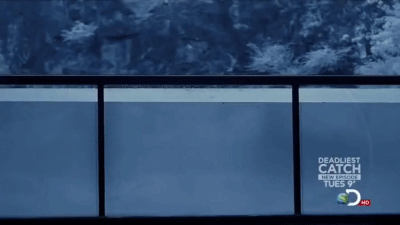
The bullet is discharged from an MG-42 machine gun, which is a very powerful firearm. The bullet exits the rifle at an astonishing speed of 3000 feet per second, but it decelerates and stops within a distance of less than a yard (2.5 feet at most)!
Factors That Influence The Speed And Range Of An Underwater Bullet
The drag is the biggest obstacle for a bullet trying to move quickly and deeply underwater. However, does the resistance exerted by water remain the same for all objects that move through it?
The drag force is influenced by several factors, such as the type of projectile, its velocity when fired, the drag coefficient of the projectile, and the duration spent in water. Additionally, it is affected by the density of the fluid, which is water in this particular instance.
For people who have a thing for formulas, here is the drag equation:

where FD is the drag force, ‘p’ (rho) is the mass density of the fluid, v is the flow velocity relative to the object, A is the reference area, and CD is the drag coefficient.
As you can see from the formula, water’s drag force (FD) is directly proportional to the bullet speed (v). This means that the higher the bullet speed, the more opposition the water will offer against the movement.

Precisely!
Also, the denser the fluid is, the slower a bullet will get as it moves forward. For instance, the density of water is higher than air, so a bullet will slow down much more quickly in water.
A TV Show Has Tested This In Reality!
In one of its episodes, Mythbusters, a popular program on the Discovery Channel, put water’s “bullet-proof” ability to test. They fired several rifles, including a 9mm pistol, shotgun, M1 Garand semi-automatic supersonic rifle, and a 50-caliber rifle into the water. They concluded that water could provide protection from most rifles during an underwater attack.
In real life, however, a bullet is rarely fired from a position directly above the water. So if the bullet is shot from an angle of 30 Degrees, then being underwater in the range of 3-5 feet (0.9-1.5 meters) can ensure your safety from most guns.
As it turns out, most films are scientifically accurate when they show the protagonist jumping into a pool of water to escape the hail of bullets that the villain fires at them.
Is Water Bulletproof?
Water can significantly slow down bullets, meaning that if an object is more than 10 feet deep underwater and a bullet is fired at a shallow angle, the object will likely remain safe.
Using this knowledge, can we confidently claim that water is bulletproof?
No!
Whether or not an object or living thing would be safe from a bullet underwater depends on several factors, including whether the bullet is fired from outside or underwater, if it’s fired from outside, then at what angle is it fired, what kind of bullet it is, etc. If an object is less than 3 feet underwater, a bullet fired from a gun outside the water can easily hit it. So. it’s not right to claim that water is bulletproof.




